我々「キナーゼ古典派」は、キナーゼ (特にPAK) の活性測定に放射性のATPを基質にする測定法を21世紀に入ってもずっと遵法してきた。しかしながら、巷の(特に「放射能嫌い」の) PAK研究者たちは、pPAK (PAKの燐酸化) に頼る安易な「western-blot」法を珍重し始めた。 試験管内でPAKがRAC/CDC42によって活性化されると、PAKの自己燐酸化が起こり、Thr 423 が燐酸化されることが1990年代後半に発見されたからである。以後20年間ほど、この「pPAK」 (Thr 423 が燐酸化されたPAK) に対する抗体を製造/販売する多くのBiotech 会社が、この「western=blot」法でボロ儲けをしている。
しかしながら、細胞内ではPAKはRAC/CDC42だけでは活性化されない。RAC/CDC42は必要条件の一部に過ぎず、十分条件ではないからだ。活性化には、その他大勢の細胞内因子(PIX, NCR, JAK2, ETK, FYN ,CK など) が必須であるからである。従って、細胞内でpPAKが上昇することが、「western-blot」法でわかっても、PAKが実際に活性化している証明にならない。この事実 (落とし穴) に気付かず、今でも pPAKの「western-blot」法に盲従しているPAK研究者が巷に多い。
そこで、放射能嫌いのキナーゼ研究者たちのために、我々は放射性ATPを使用しないでも、細胞内のキナーゼ活性の変化 (活性化あるいは抑制) を測定できる方法を考案し医学誌上に、ごく最近発表した (1)。 それがいわゆる「MacaroniーWestern」法である。細胞を色々な薬剤で処理した後、細胞内のキナーゼ (例えば、 PAK) の活性変化を測定するために、そのキナーゼを選択的に免疫沈降したのち、「ATPーGlo キナーゼ」法によって、消費されたATPの量を「蛍の光」(ルシフェリン-ルシフェラーゼ反応で発生する蛍光) で測定する方法である。この方法では、キナーゼのどこに燐酸化が起ころうが、活性の変化を確実に (しかも定量的に) 測定することができる。
参考文献:
Combination of immunoprecipitation (IP)-ATP_Glo
kinase assay and melanogenesis for the assessment of potent and safe PAK1-blockers in cell culture. Drug Discov Ther.
2015;9(4):289-95.
Abstract
Cucurbitacin I (CBI) is a triterpene from a
bitter melon called Goya grown in Okinawa, Japan, and directly inhibits both
the Tyr-kinase JAK2 and the G protein RAC, leading to the inactivation of PAK1 (RAC/CDC42-activated kinase 1). Bio 30, a propolis
produced in New Zealand, contains CAPE (caffeic acid phenethyl ester) as the
major anti-cancer ingredient which directly down-regulates RAC, leading to the
inactivation of PAK1. Since PAK1
is essential for the growth of RAS cancer cells such as A549 cell line which
carry an oncogenic K-RAS mutant, and the melanogenesis in skin cells, here
using these PAK1-blockers as model compounds, we
introduce a new approach to the quick assessment of PAK1-blockers
in cell culture. First, combining the immuno-precipitation (IP) of PAK1 from cell lysate and the in vitro ATP_Glo kinase
assay kit (called "Macaroni-Western" assay), we confirmed that both
CBI and Bio 30 inactivate PAK1 in A549 lung cancer
cells in 24 h, and inhibit their PAK1-dependent
growth in 72 h. Furthermore, we verified that CBI inhibits the PAK1/PAK4-dependent melanogenesis in melanoma cells by
far more than 50%, while Bio 30 inhibits the melanogenesis only by 50%, with
only a merginal effect on their growth per se. Since the
"Macaroni-Western" kinase assay and melanogenesis are both rather
simple and quick, the combination of these two cell culture assays would be
highly useful for selecting both "potent" (highly cell-permeable) and
"safe" (non-toxic) natural or synthetic PAK1-blockers.










































































![リオ五輪男子体操団体:日本(金)、ロシア[銀]、中国[銅]。](https://blogger.googleusercontent.com/img/b/R29vZ2xl/AVvXsEjHS61FORcH43CteZVfJzLmbqvNwOIliOSMpTpRtEi7x8j1ZwPk5rDaZovTrwuZxfDDtdEDSj673it735LF0mweIunaj7ja07lURBDYTV6wPMaAlumFt3aWWzYbHZgIaxcOLk_OKEMyQ3lX/s1600/2016+taiso+gold.jpg)
![皇太子(明仁)による沖縄訪問 [1975年]](https://blogger.googleusercontent.com/img/b/R29vZ2xl/AVvXsEjvSQrzV7yw_4gVQSwxZP_jh4VnEJscSqOqbiBh0VdAK3CRddXRqkd70JdLyws9fGejk-FGVmXWbHvSxlF3f8UogTyf9KXbqU1NGXesvcx2Hlsd6uq81AHweeioc61wynq3d2IYuyolijgT/s1600/akihito+message.jpg)




















































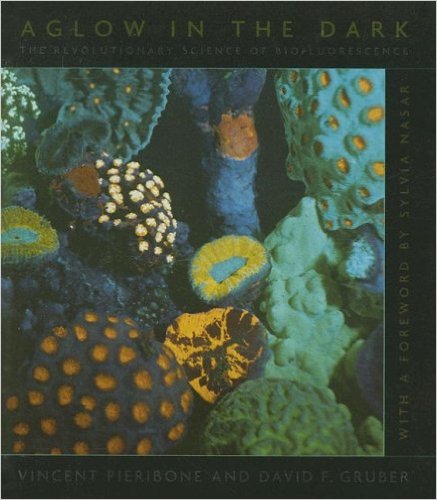














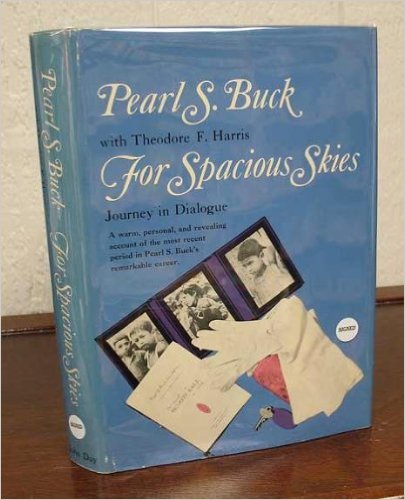














































































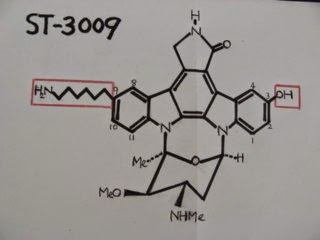







































![アルニカ [ウサギ菊]](https://blogger.googleusercontent.com/img/b/R29vZ2xl/AVvXsEilqv0qou-4NpoUh1PFWYK0FSaozKazee0VYGxsFtfjBma46ya9yxqB6X9Ziuob25tNRpBbnFIcUFlOEjz1WcAjVNzjGl1E-QbDgE7VOLkjZDx0eplJ1WJHf0fTEWXxf8F5G-cHUhqHELY9/s1600/ArnicaS.jpg)








































































































































.jpg)
















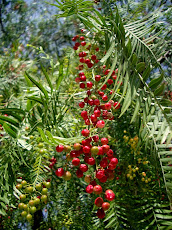















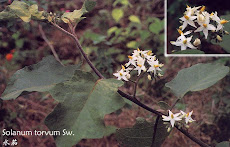







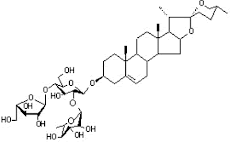


















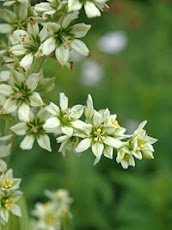












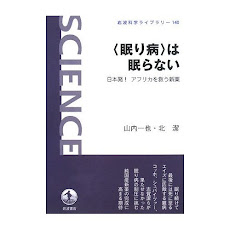












.jpg)
















































0 件のコメント:
コメントを投稿